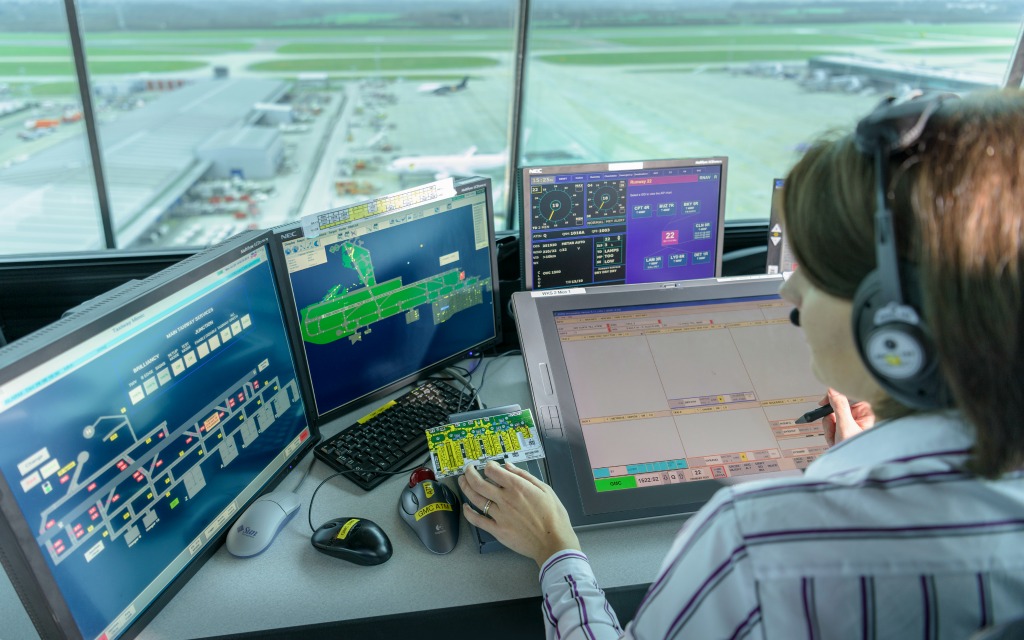
Regarding toilet breaks the Airways spokeswoman said there were long-standing meal and toilet break provisions at regional towers, which had been endorsed by Alpa including in its collective employment agreement. "This is a system designed by Airways and used internationally by other air navigation services providers including the FAA (Federal Aviation Administration). "Our training selection system is highly specialised and designed to select only those with the right personality attributes and aptitudes to be successful in the job. "Each year we aim to train as many controllers as needed to ensure we maintain adequate staffing levels.
#Train traffic control jobs simulator#
Training to become a controller took around 12 months – six months of classroom and simulator learning, followed by six months of on the job training.ĭuring the six months of on the job training, students were supported by Airways with a $185 weekly contribution towards living costs, she said.

However, in response, an Airways spokeswoman said once a trainee had qualified, they were offered a position as an air traffic controller. Robinson said the year of work was unpaid and a job at the end was not guaranteed. If successful in a range of assessments and spending $21,000 in fees, candidates spend about 12 months of on-the-job training before being offered a job. On occasion controllers had to take their radio to the bathroom and "carry out the job to the best of their ability" while in the toilet, he said. Most regional airports were staffed by just one air traffic controller and Airways did not allow them to take rest or lunch breaks during a shift, he said.īeing a one person operation, they also couldn't have toilet breaks unless they closed the airspace or managed the airspace from the toilet, he said. Tim Robinson, president of the New Zealand Air Line Pilots' Association (Alpa) which represented air traffic controllers, said the job was rewarding, but highly stressful.

Tim Robinson - Acting President of NZALPA


 0 kommentar(er)
0 kommentar(er)
